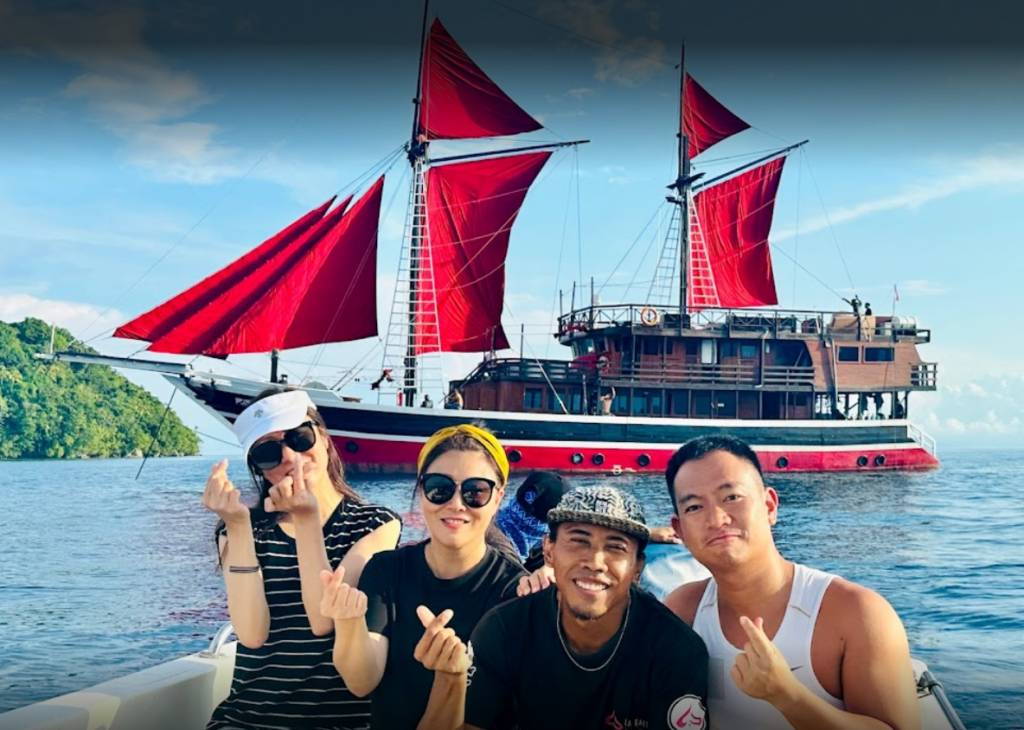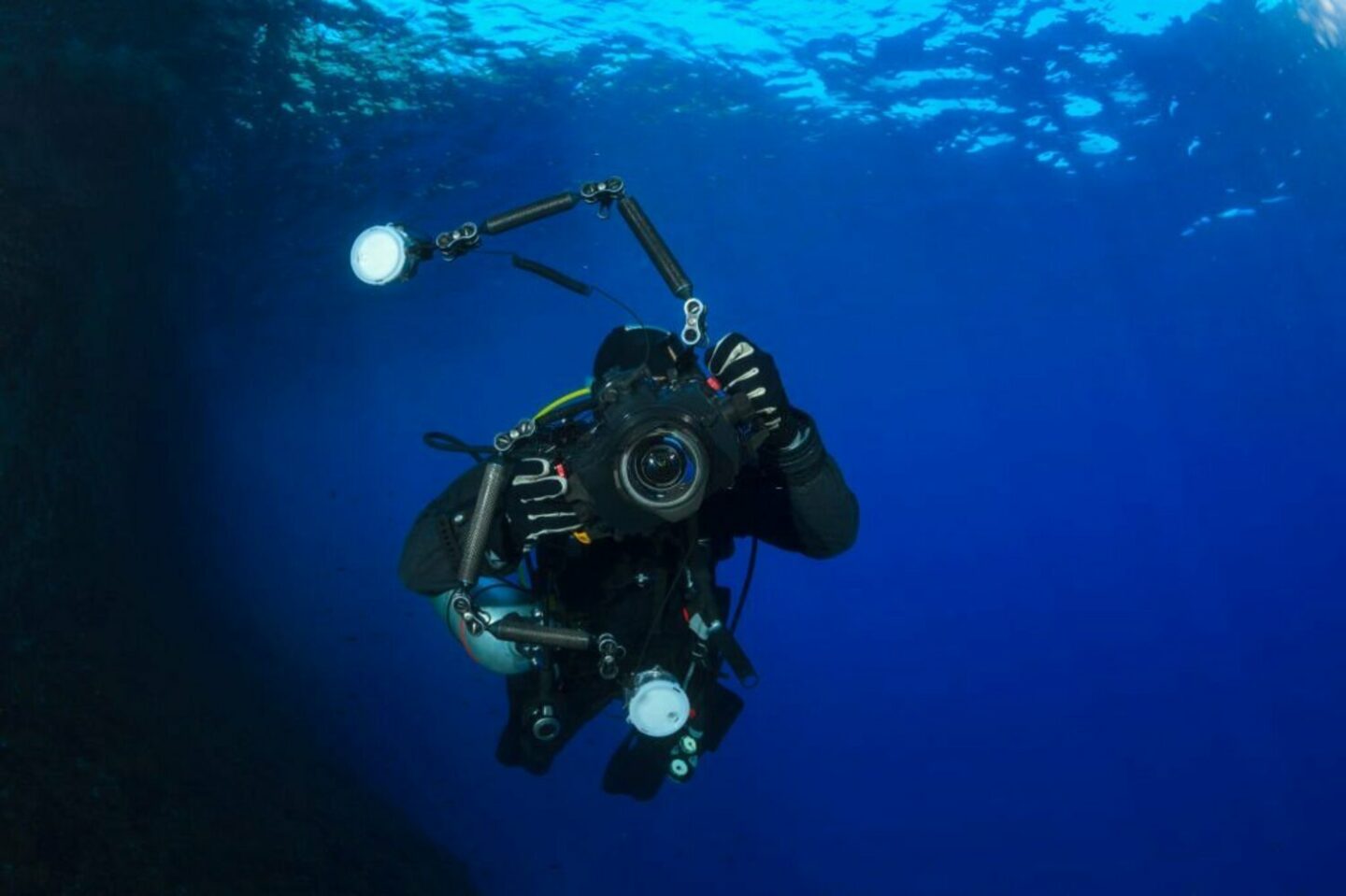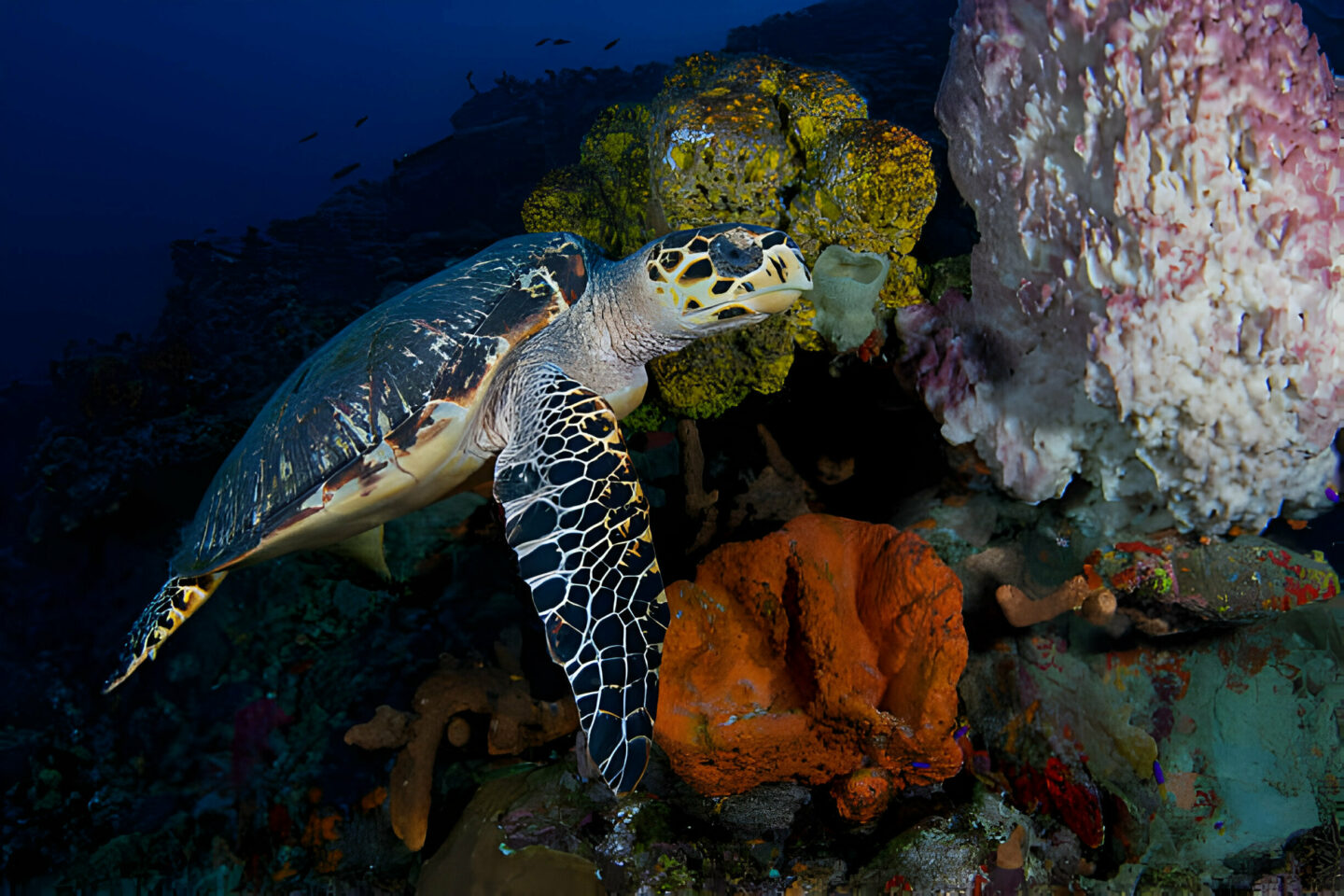Buoyancy Control: The Importance, Techniques and Tips
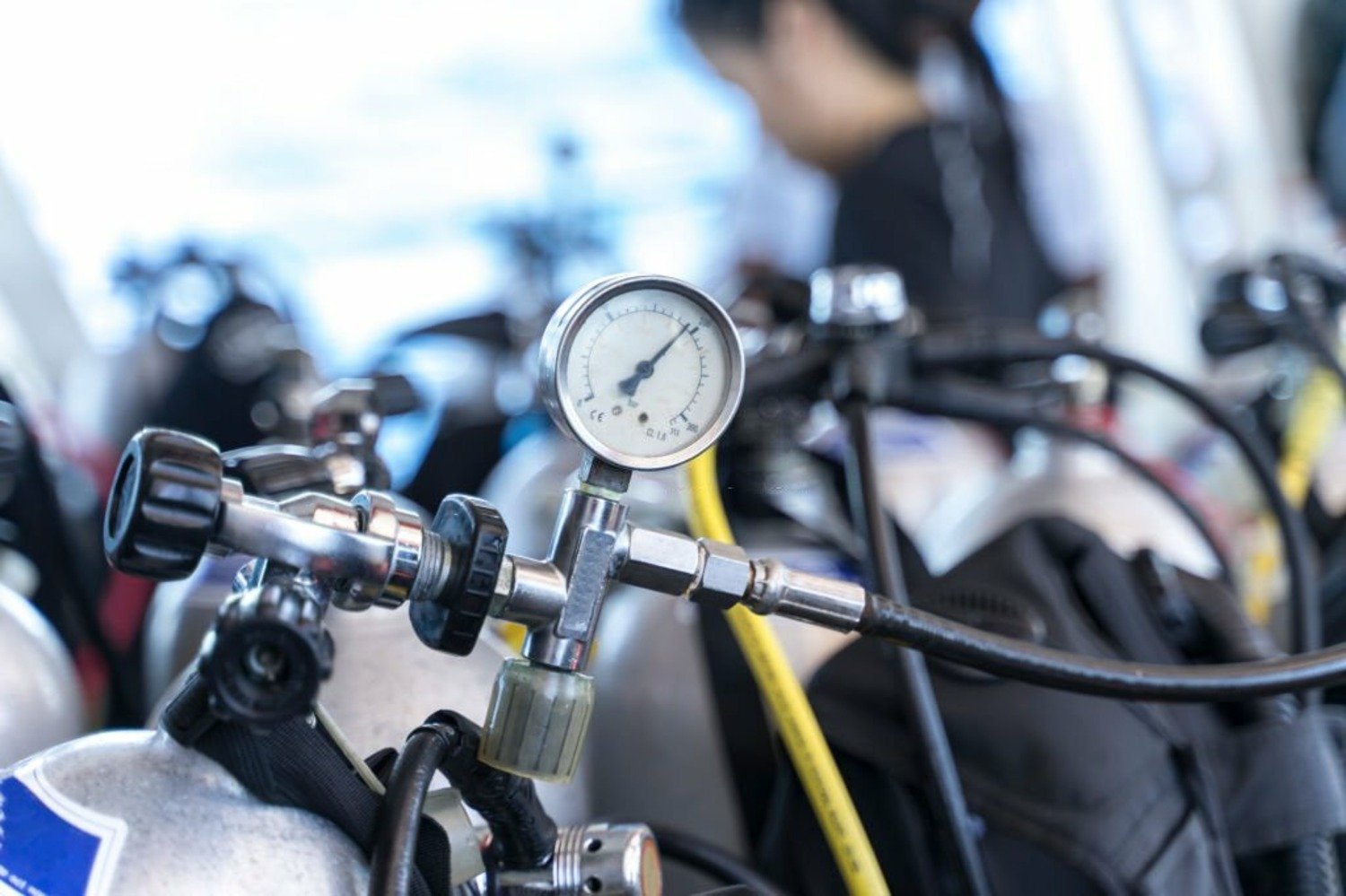
Scuba diving is a thrilling activity that allows us to explore the magnificent depths of the ocean, providing hours of entertainment and adrenaline-pumping thrills. But, beneath the glitz and glamour, there is a plethora of critical safety protocols, procedures, and techniques that must be followed at all times if we are to dive safely.
Buoyancy control is one such essential practice that requires awareness, concentration, and experience to perform correctly. This article will explain what buoyancy control is, why it’s important when scuba diving, and how you can improve your buoyancy skills as quickly as possible!
The Importance of Buoyancy Control
The following are some of the advantages of buoyancy control in scuba diving:
An Improved Dive Experience
Buoyancy control is a critical skill for scuba divers to master in order to have a more enjoyable diving experience. Controlling your buoyancy allows you to glide effortlessly through the water column, conserve energy, and stay close to marine life without causing harm.
Buoyancy control also enables precision diving, which is particularly useful for underwater photography or when looking for specific creatures. As your buoyancy control skills improve, you’ll be able to dive for longer periods of time while feeling less fatigued at the end of each dive.
So, whether you’re a novice or a seasoned diver, don’t underestimate the value of mastering buoyancy control for a more enjoyable and satisfying diving experience.
Increased Air Consumption Efficiency
One of the most important skills a scuba diver can learn is buoyancy control. It not only allows for easy movement through the water, but it also reduces air consumption, which is a major concern for divers.
Divers can maintain a consistent depth and use less energy by controlling their buoyancy, reducing the amount of air they need to breathe. This not only increases dive time but also lowers the risk of decompression sickness, and results in longer dives and more enjoyment of the underwater environment.. Overall, learning to control your buoyancy is an important step toward becoming a skilled and safe scuba diver.
Increased Safety
Buoyancy control is critical in scuba diving for increased safety. The ability to control buoyancy not only allows the diver to maintain a consistent depth but also allows for precise positioning in the water. Divers must maintain neutral buoyancy throughout the dive to avoid dangerous ascent and descent.
In addition to these advantages, proper buoyancy control helps to protect fragile underwater environments by preventing the diver from accidentally touching or damaging reefs or other aquatic life. Not only is the environment protected but the risk of an infection due to a coral scrape or a Lionfish sting is reduced. Mastering buoyancy control is a critical component of safe and enjoyable scuba diving.
ALSO READ : Dive Log Books: Why do You Need a Dive Log
Buoyancy Control Techniques
The techniques for controlling buoyancy are listed below. Take a look at these:
Controlled Breathing
Breathing control is a must-have skill for any scuba diver looking to improve their buoyancy control. You can effortlessly maintain your position in the water column at any depth by breathing slowly and deeply.
You can adjust your buoyancy by expanding your chest, inhaling deeply, and slowly exhaling. Controlled breathing is an essential technique for perfecting your dive experience and can improve safety and comfort underwater.
This is also important if you hit a spot of heavy current that you need to swim headlong into so that you can proceed to a calm spot, or an area where the current is going with you instead of against you. If your breathing is not controlled you will be floating up and down and you might be too light in the current. If you continue to breath deep and slow in a controlled fashion while fining hard through the current, your buoyancy will be right to help glide further through the tough spot. Also remember in this situation to make sure that you have deflated all air out of your BCD.
A skilled diver who masters this technique will spend more time underwater, interact with marine life more naturally, and gain a better understanding of the ocean’s wonders.
Weighting and Distribution
Weighting and distribution is a buoyancy control technique used in scuba diving. It entails putting weights on the diver’s body to compensate for the weight of the equipment and to keep the diver buoyant.
The key to successful weighting and distribution is to strike the perfect balance between too much and too little weight, as the former can lead to uncomfortable and unsafe diving, while the latter can cause the diver to float uncontrollably to the surface.
Proper weight distribution is also important because it helps to avoid overstressing certain parts of the body, such as the lower back, and can improve manoeuvrability underwater. Divers can move through the water with ease and enjoy a safe and comfortable diving experience by using the proper weighting and distribution technique.
To test if you have the correct weights for your set up follow these steps. Gear up with everything you will have on for the dive, include everything down to your dive light and pointer. Now get into the water and stay at the surface. Take a normal breath in and hold it. Deflate your BCD fully. You should float at eye level with half your mask in, and half your mask out of the water. If you are sinking, remove weights, if you are bobbing up too high on the surface then add weights. Also to check this exhale all your breath and hold it and you should sink very slowly. Make sure you record the amount of weight you need for this equipment set up to make the process quicker for your next dive. And remember that changing anything in your dive equipment kit can also change your weight requirements and you may have to repeat this weight calibration again.
Use of Buoyancy Control Device
The use of a buoyancy control (or compensator) device (BCD) is one piece of buoyancy control equipment that has been standard equipment of most divers since the mid 1980’s. The humble beginnings of the BCD were from a horse collar style inflatable ring that came into use in the mid 1970’s, prior to this most diving was done without a BCD. The horse shoe style was eventually phased out for the jacket style BCD that more closely resembles modern BCD’s developed in the mid 80’s. These adaptable devices allow divers to adjust their buoyancy on the fly, making it easier to maintain a neutral position in the water and stay at the desired depth.
A BCD works by inflating inner bladders in the device to make the diver more buoyant and hence lighter under water. Divers can use a BCD to balance buoyancy and therefore reduce air consumption and extend dive times while also minimising their impact on the underwater environment. While mastering the use of a BCD takes practice, it is a technique that is well worth the effort for anyone looking to improve their scuba diving skills.
The Effects of Poor Buoyancy Control
The consequences of poor buoyancy control are discussed further below. Take a look at this:
Increased Risk of Decompression Sickness
Buoyancy control is critical in scuba diving, and a lack of control can have serious consequences. One of the most serious risks associated with poor buoyancy control is decompression sickness, also known as “the bends.”
Nitrogen bubbles form in the bloodstream and tissues as a result of a sudden change in pressure. It can cause a variety of symptoms, ranging from joint pain to paralysis and, in extreme cases, death.
While decompression sickness can occur for a variety of reasons, such as diving too deep or ascending too quickly, it is frequently associated with inexperienced divers failing to maintain proper buoyancy.
To reduce the risk of decompression sickness, divers should practise good buoyancy control techniques and seek guidance from experienced instructors.
Marine Life and Coral Reefs are being harmed
Poor buoyancy control has a significant impact on marine life and coral reefs. Every year, countless divers cause irreversible damage to these fragile ecosystems by kicking up sand, crashing into delicate corals, and disturbing marine fauna.
The destruction of these underwater habitats affects not only marine life but also the entire food chain. Because of the “gravity” of the situation, divers must maintain proper buoyancy control and be aware of their underwater movements. Divers can explore the underwater world without harming it if they have the proper training and use correct techniques.
10 Tips for Buoyancy Control
- Take your time adjusting your buoyancy. Allow your BC device to release or add air in small increments and give it time to take effect. Being impatient will only prolong your journey to neutral buoyancy.
- When wet, wetsuits lose buoyancy, and air bubbles compress due to pressure. Although you may feel underweight as a result of this, it is best to wait until you’ve been in the water for a while before making any changes, especially if you’re using a new or rented wetsuit and are unfamiliar with its effects. Take into consideration the thickness of the wetsuit. A thicker wetsuit floats better.
- Deep, relaxed breathing is essential for good buoyancy control. Check your breathing before you do anything else. To ensure complete oxygen exchange within your lungs, breathe slowly using your diaphragm. This will also help you relax during your dive.
- Keeping a record of the weights used for each dive will provide a guideline for making adjustments when diving at a new location.
- The majority of newcomers are overweight. A diver should float at eye level with the water on the surface, with no air in their BCD.
- Maintain a horizontal position in the water so that your kicks propel you forward rather than upward. It is possible that you will need to relocate your weights. Be patient, as this is something that can only be learned through experience.
- Holding your breath underwater is not only dangerous, but it also adds buoyancy.
- Take note of your body makeup. Because muscle is denser than body fat, a heavily muscled individual is less buoyant than a person with less muscle.
- Because saltwater is denser than freshwater, sea dives require more weight than fresh water dives.
- Get more training! A Peak Performance Buoyancy Course could help you. Alternatively just ask your dive guide to spend some time with you going through all the techniques in this article. You’ll learn how to improve your buoyancy, become more comfortable underwater, and improve your air consumption – which means more time underwater!
Enjoy a Diving Trip in Raja Ampat and Komodo with La Galigo Liveaboard
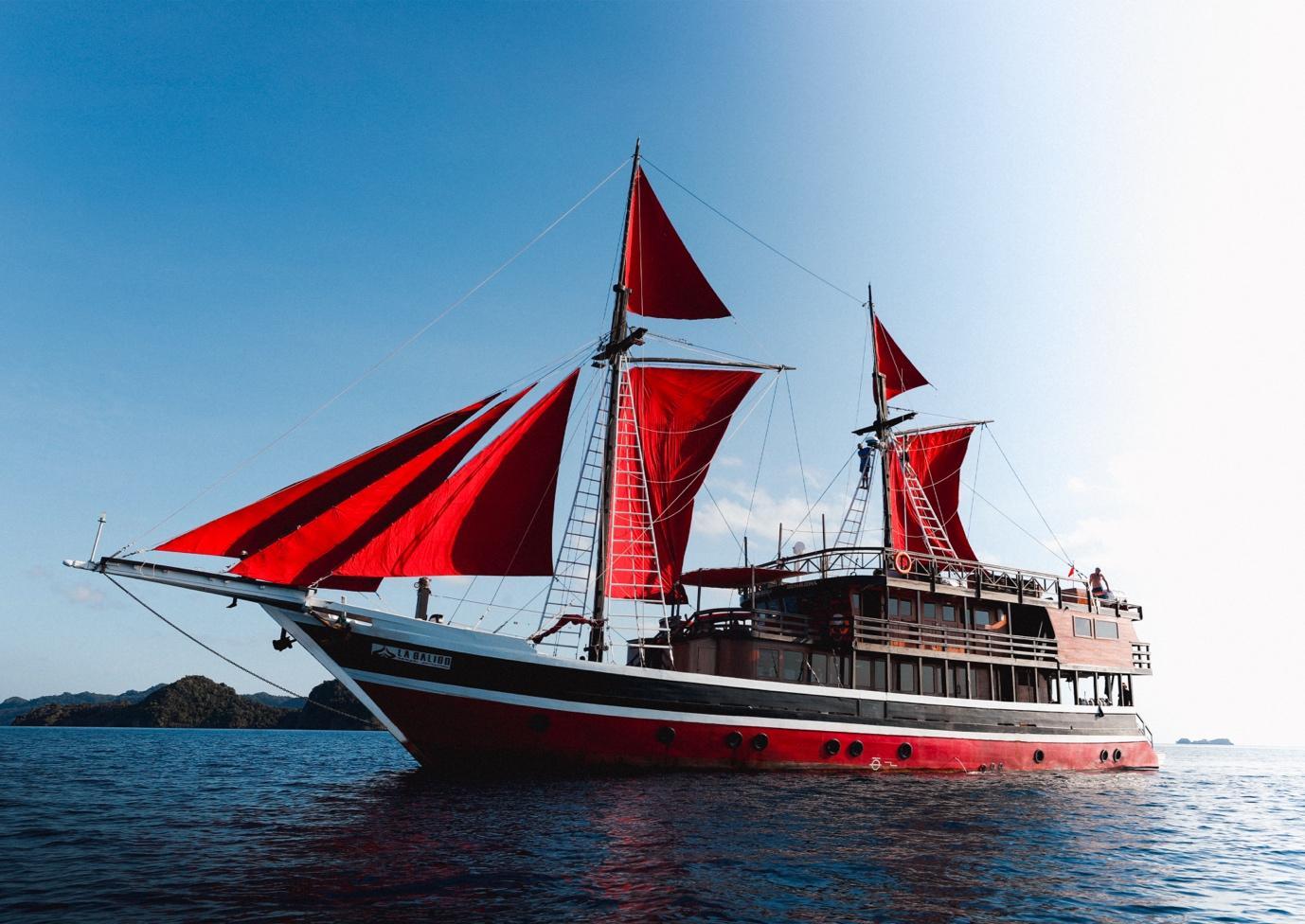
La Galigo is known as one of the best liveaboard diving boats in Raja Ampat Indonesia, and it offers trips to well-known diving destinations such as Komodo and Raja Ampat. The Coral Triangle is located in Indonesia, which has the highest marine biodiversity on the planet.
La Galigo Liveaboard Diving was founded in 2015 by two avid divers who wanted to explore some of Indonesia’s pristine reefs but found that all existing scuba diving options were frequently out of their budget, and wanted to provide an affordable option for everyone to be able to explore these beautiful places.
La Galigo Liveaboard Diving in Raja Ampat & Komodo is a friends and family affair, and our liveaboard diving trips are always focused on fun, safety, guest comfortability, and are exceptional value for money. Our trip prices range from $2,160 for a six-day Komodo liveaboard diving trip to $3,375 for an eight-day Raja Ampat liveaboard diving trip. The price includes four meals a day, diving three to four times a day or snorkelling, and land tours.

